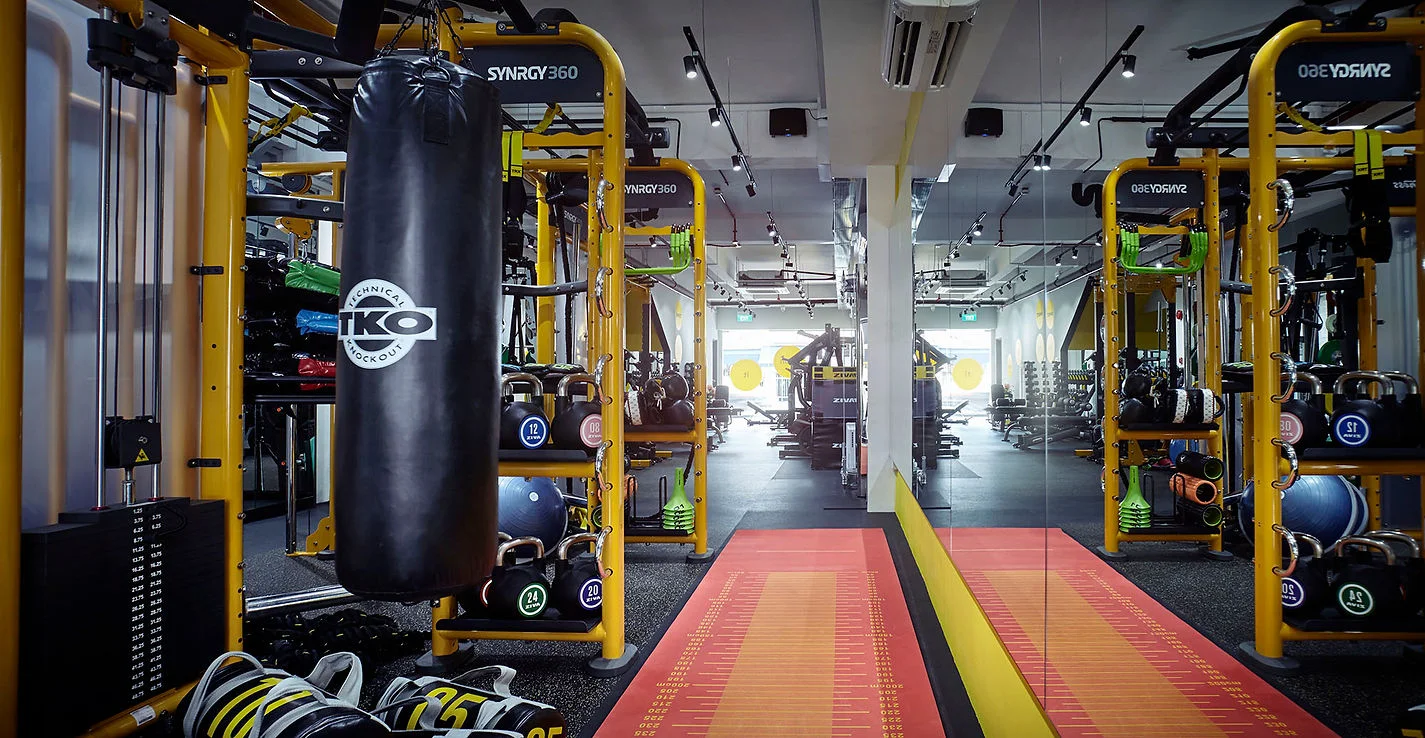No gain, no pain. It's a well-known phrase in gyms. During a game or training, coaches and parents frequently tell their athletes, "no pain, no gain." The misconception, that if your muscles are not in pain, you are not exercising hard enough, is not accurate.
Exercising through pain can be thought of as demonstrating toughness and endurance, but the pain is the brain's way of signaling your body to stop its activity and become aware of addressing the discomfort - not to keep going! The body does not need to feel as though it has been decimated after an exercise. Especially for younger athletes who are just starting in sports and doing weights in the gym with PT. Young athletes must be taught to recognize and accept their pain. This blog explains some of the real reasons behind the pain during a workout.
I. Pain- A Warning Signal by The Body
Pain is not the sole method to assess a workout's performance. Pain is the body's way of alerting the brain that something is amiss. Professional trainers can assist athletes in pushing through pain and demanding more of their bodies, but this does not imply that young and inexperienced athletes should do the same. Professional athletes are taught to know their limits, which helps them avoid overuse of joints and muscles and reduces the chance of major injury.
II. Pain Needs to Be Realized and Cured
Physical pain is a signal sent by our brains to our body to stop the activity and assess for injury. Even minor discomfort should be evaluated and not dismissed.
There is a difference between feeling the correct amount of pain while working out to gain muscle and being injured. The personal trainers at Oompf suggest seeking medical attention right once the discomfort persists or swelling occurs.
III. Development Of Body and Physical Strain
Regular exercise stimulates bone growth and muscle development, as well as improves cognitive and mental health, all of which are important for the development of the young athlete at the gym. Even at that age, as these athletes are introduced to competitive sports, training, and technique can be taxing on the body.
Most sports necessitate some level of strength and technique training, which, when taught under the supervision of a personal trainer, can result in safe pain during a gym session. The developing youthful body is sensitive to harm, but they believe they are better equipped to withstand discomfort due to their youth.
To minimize injuries, it's critical to utilize proper form when lifting weights during workouts and avoid undesirable habits like flinging weights around uncontrollably.
Thus, you will not have to feel the pain to realize you have hit your limit. When exhaustion causes posture and technique to deteriorate, it's time to take a break. The athletes can discuss this with their trainer about listening to their bodies and pain to determine when to stop and when to continue. When it comes to workout recommendations, novice athletes must listen to their coaches and doctors. As a result, the proverb "no pain, no gain" may not always apply in every situation.
